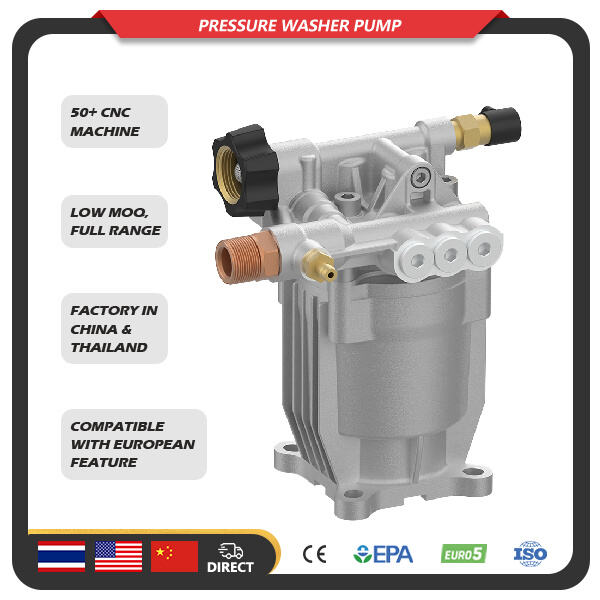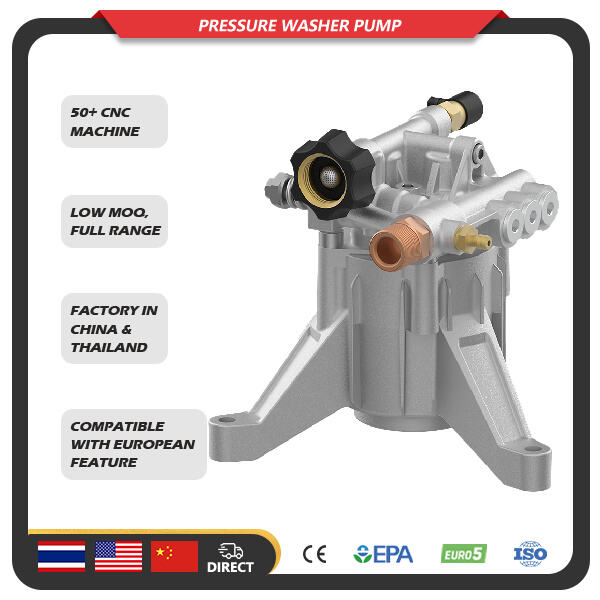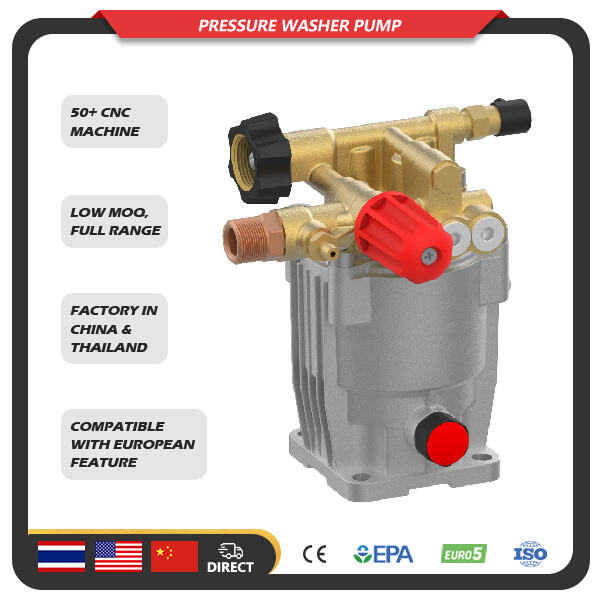Having some trouble with your power washer? Perhaps it is not cleaning as effectively as before. You may even hear things when you use it. The pump is the most crucial component of a power washer. If your pump isn’t functioning correctly, then you will need to get it replaced. We will provide everything you need in this guide to break out the pump. We shall tell you what it is, why it matters, how to replace it and magnets of tips from you so that your power washer will return work like a brand new machine.
Remove the old pump: Once you realize that your pump is broken or dysfunctional, the first step is to switch off and unplug your power washer for safety reasons. This is very important! Then, find the bolts holding the pump to the engine. Remove these bolts with a tool. And once those bolts are gone, lift the pump away from the engine. Just be careful doing this so you dont damage anything.
Install the new pump: Before installing, ensure the pump is suitable for your power washer. You can do this by checking the model number or asking the store from which you purchased it. Once you have the new corresponding pump, install it in place of the old one. Next, install the pump by tightening the bolts that mate with the engine. This should be tight; it shouldn’t wiggle around.
The pump of the power washer is a critical part since it generates pressure for surface cleaning. The pump itself can wear out or fail over time. This can reduce the pressure, or it may cease to function altogether. The pump failures are the most common cause of the power washer not working properly. Replacing a pump is crucial for maintaining your power washer's functioning and longevity.

Remove the hoses: Next, carefully remove the hoses that attach to the pump. It’s useful to label every hose so you can remember where they connect. You won’t confuse them when you hook them up to the new pump that way. Using the wrong detergent can damage your power washer.

Test the power washer: Start the power washer again to see whether or not the new pump works. Monitor for leaks or issues and ensure everything is operating properly If you realize something isn’t quite right, it may be worth checking over your work and making sure everything is plugged in correctly.

Check the hoses: If you stopped using the old pump because it was leaking, or if its hoses had gone bad, make sure check those hoses very closely before installing the new pump. Check that all the hoses are securely on with no leaks. If they are damaged, consider replacing those as well.